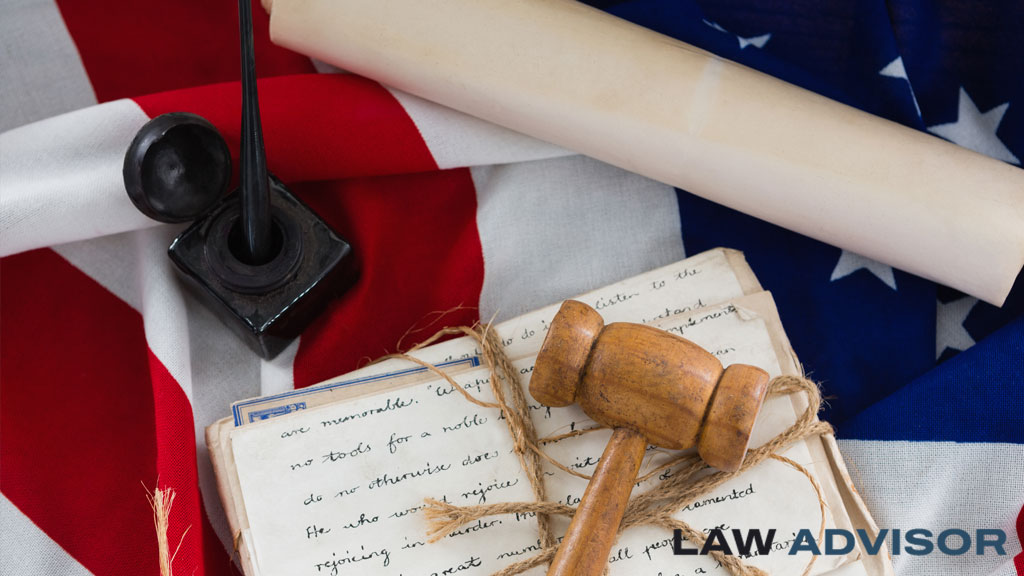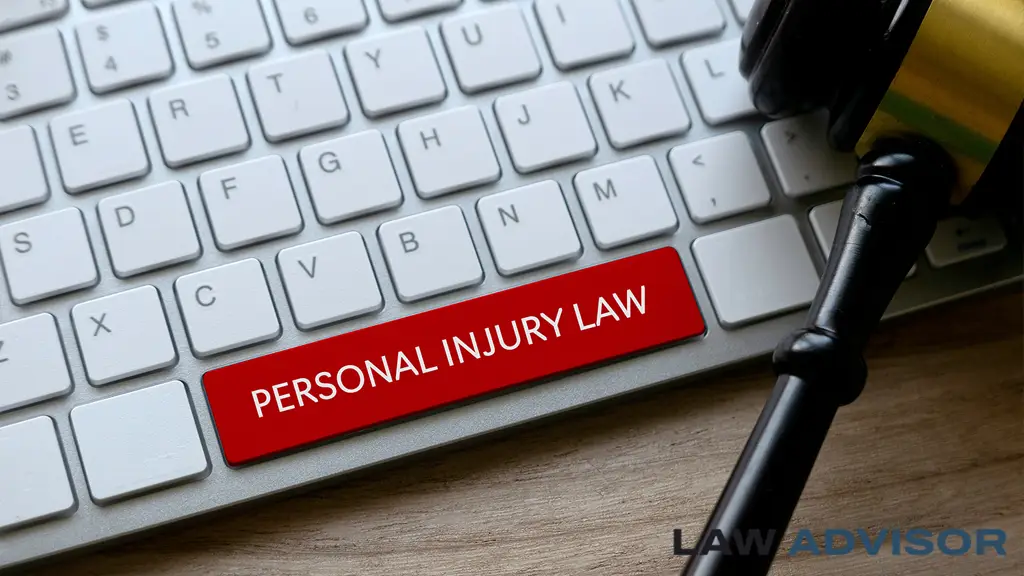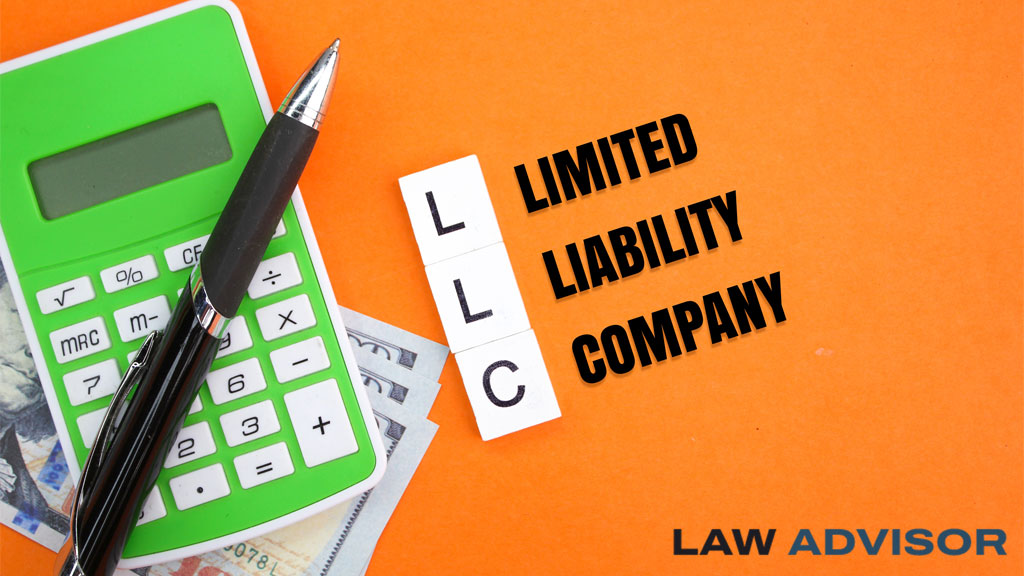In 2025, our lives are increasingly lived online — from photos stored in the cloud and social media accounts to cryptocurrency wallets and digital businesses. But have you ever stopped to think: What happens to all of that when you die?
Your digital life needs a plan just like your physical assets. Ignoring this could lead to lost family memories, unclaimed funds, or even identity theft. This guide breaks down how to include digital assets in your will or estate plan, step-by-step.
💾 What Are Digital Assets?
Digital assets are any online accounts or digital files that you own or have control over. These can include:
🔐 Financial & Crypto
- Online banking & PayPal accounts
- Cryptocurrency wallets (e.g., Bitcoin, Ethereum)
- Stock trading apps (e.g., Robinhood, E*TRADE)
📱 Personal & Social
- Email accounts (Gmail, Outlook)
- Social media (Facebook, Instagram, Twitter/X)
- Cloud storage (Google Drive, iCloud, Dropbox)
- Digital photos, videos, and documents
💼 Business & Income
- Domains & websites
- Online stores (Etsy, eBay, Amazon)
- YouTube channels, blogs, and monetized content
- NFTs and intellectual property
⚠️ Why Include Digital Assets in Your Estate Plan?
Without proper planning, your loved ones may:
- 🚫 Be locked out of essential accounts
- 🕵️♂️ Struggle to claim digital funds or crypto
- 😢 Lose sentimental data like family photos
- 📉 Watch digital businesses or investments collapse
- 🧾 Face unexpected legal or tax complications
Digital estate planning ensures a smoother transition and protects your digital legacy.
✅ Step-by-Step Guide to Including Digital Assets in Your Will or Estate Plan
Step 1: 🧾 Take Inventory of All Digital Assets
Start by making a detailed list. Include:
- Account names
- URLs
- Usernames (never include passwords directly)
- Description of each account’s purpose and value
Organize this inventory in a secure, encrypted document.
Step 2: 🔒 Store Login Credentials Separately
You should not include passwords in your will (it’s a public document once probated). Instead:
- Use a password manager (e.g., LastPass, 1Password) and leave instructions on accessing it.
- Or create a secure digital vault with encrypted notes, and appoint someone to access it with the master key.
Step 3: 👤 Appoint a Digital Executor
Choose a digital executor — someone tech-savvy and trustworthy — who can manage your digital affairs. This person may or may not be the same as your regular executor.
Check your state’s law: Not all jurisdictions recognize digital executors, so include language in your will and consult your estate attorney.
Step 4: 📝 Add Digital Asset Clauses to Your Will
Work with your lawyer to include language like:
“I authorize my digital executor to access, control, and manage my digital assets, including but not limited to social media, cryptocurrency, and online business accounts.”
Make sure the digital executor has:
- Legal authority
- Clear instructions
- Access methods
Step 5: 🔁 Keep It Updated
Digital accounts change often. Review your inventory every 6–12 months. Update:
- New accounts
- Closed platforms
- Changed usernames or email recovery info
📜 What Not to Do
🚫 Don’t include login credentials in your will – Wills become public, exposing sensitive info.
🚫 Don’t rely solely on terms of service – Some platforms prohibit account transfer. Your plan should include contingencies.
🚫 Don’t assume family members can “figure it out” – Most tech companies won’t hand over account access without explicit legal authority.
🔍 How the Law Views Digital Assets
Laws regarding digital assets are evolving. Many states have adopted the Revised Uniform Fiduciary Access to Digital Assets Act (RUFADAA), which allows fiduciaries access under certain conditions.
But even under RUFADAA, providers like Google, Apple, or Facebook often require:
- Legal documentation (will, death certificate)
- Court approval or specific account instructions
Pro tip: Use each platform’s legacy tools:
- Facebook: Memorialization settings
- Google: Inactive Account Manager
- Apple: Legacy Contact
🧠 You May Wanna Check Out:
- Wills vs. Trusts: Which One Is Right for You?
Understand the key differences between wills and trusts — and find out which one best protects your assets and family. - How to Choose the Right Executor for Your Will
Learn what an executor really does and how to choose the best person to manage your estate after you’re gone. - What Happens If You Die Without a Will? (Intestate Explained)
Discover how the state handles your estate when there’s no will in place — and why that’s riskier than you think.
🧠 Expert Tip: Use a Hybrid Strategy
Consider having both a will and a digital assets memo. This way, your will authorizes your digital executor, and the memo (kept private) lists all login info and access steps.
💡 Bonus: Some password managers let you name an emergency access contact — a great backup plan.
📎 Final Thoughts: Future-Proof Your Estate Plan
Your digital life is just as real — and valuable — as your physical one. Ignoring it could mean lost money, memories, and opportunities. By following the steps above, you’ll protect your legacy and make life easier for those you leave behind.
🛡️ Take control of your digital footprint now — because planning for tomorrow starts today.










